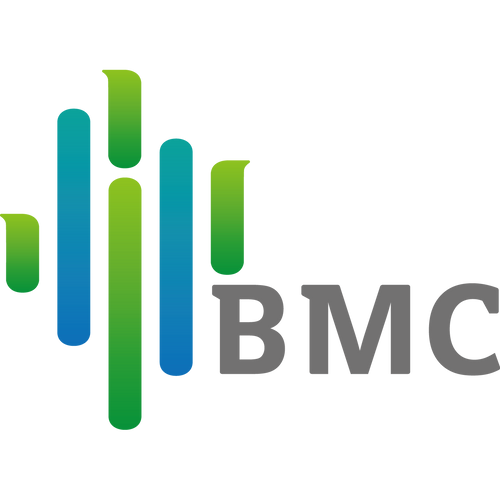CPAP machines are the most commonly prescribed treatment for sleep apnea, and have been in use since the 1980s. CPAP machines, which stands for continuous positive airway pressure machines, work by pushing a steady stream of pressurized air through the nostrils, opening up the muscles that improperly relax in people with sleep apnea.
The machine takes in air through a filter, often passing it through a heated humidifier so that it’s easier on the nose and throat. It then uses a built-in motor to push the filtered, humidified air through a tube attached to the machine. At the end of the tube is a mask that is worn over the nose and affixed to the head with straps.
When the mask is placed over the nose, the steady stream of air goes into the upper airway, essentially creating a cushion or air splint that prevents the throat muscles and tissues from relaxing and collapsing the airway. The continuous airflow also helps keep the soft palate, the uvula, and the tongue from blocking the airway. This helps prevent the pauses in breathing that cause many sleep apnea sufferers to wake up throughout the night.
For people with mild to moderate sleep apnea, particularly OSA, the CPAP can have immediate benefits. Studies have shown that CPAP machines can be effective for many people in reducing or eliminating the risk of both short-term symptoms and long-term health complications.
That said, there are several factors that may impede someone’s ability to benefit from a CPAP machine. Since the air continues to flow in a steady stream, it can cause an uncomfortable choking feeling when users try to exhale. If this happens, the machine can be set to a lower pressure.
Additionally, some users find it hard to get comfortable enough to fall asleep or stay asleep while wearing the mask. In many cases, this is because the mask has not been sized or adjusted to fit them properly. This can cause discomfort, in addition to air leaks, which may decrease the machine’s overall effectiveness. An improperly fitting CPAP mask can cause other complications, such as irritation and pressure sores where the mask is rubbing against the skin.
So it is very important to choose a suitable mask while using a CPAP machine.
Humidifiers are a common accessory for CPAP units. They provide cool or heated moisture to the air coming from the CPAP unit. This can reduce side effects and make it easier for you to breathe through the mask. Some CPAP units now come with an “integrated” humidifier that is connected to the machine.
New technology is making it easier for you to receive the maximum benefit from your CPAP therapy. Many CPAP units are now able to track your hourly usage and produce detailed data for your doctor. Some machines can also keep track of mask leaks and snoring. Depending on your model, you may be able to download this information to a computer or store it on a data card. This information can help your physician monitor your treatment progress without requiring you to make an office visit. Some units even allow your doctor to program your data card with changes to your air pressure level by using some data transmission module such as Wifi or GPRS module.
The types of CPAP that are available to you may vary. It can depend on your insurance coverage and also the region of the country where you live.
Some people with sleep apnea have other medical conditions that make their breathing problems more complicated. They may have lung, heart or brain problems. These people may need to have oxygen added to the air in their CPAP systems.
There are three types of mask systems that are most common with CPAP. The first and most commonly used is a nasal mask; this mask covers only your nose for the majority of people thatbreathe through their nose while sleeping. The second is a full face mask; this covers both your nose and mouth. This mask works best for those who breathe primarily through their mouth while sleeping. The third is nasal pillows; this system uses silicone tubes that fit directly into your nostrils. Nasal pillows can help eliminate air leaks and gives you a greater sense of freedom. However, nasal pillows cannot be used where the CPAP pressure is at a higher level.
Your sleep technician will start with the mask they feel is the best fit for your needs and facial structure. The mask used during your study is usually the mask you will use at home.
No matter what type of mask you use, it is most important that it fits well. The mask must fit snugly to prevent leaks and be comfortable for you. You may have to make small adjustments to the mask, tubing, straps and headgear until you get the right fit.
Who gets it?
CPAP is the most common and effective treatment for obstructive sleep apnea. It may also be used to help people who have other sleep-related breathing problems.
Possible side effects?
CPAP may cause increased nasal congestion. This can often be relieved with a saline nasal spray, a decongestant or a heated humidifier.
CPAP may also cause your throat to be dry or sore. A heated humidifier that fits your CPAP unit can ease this symptom.
Other side effects are rare.


